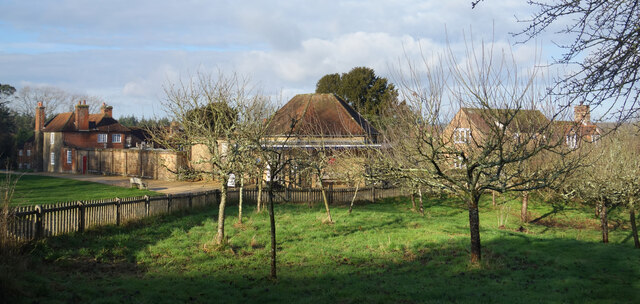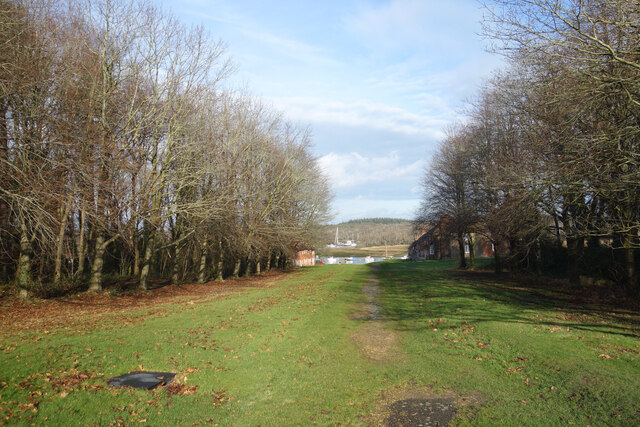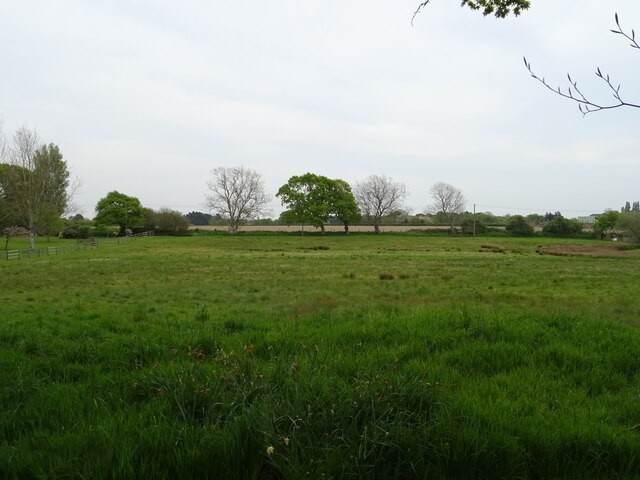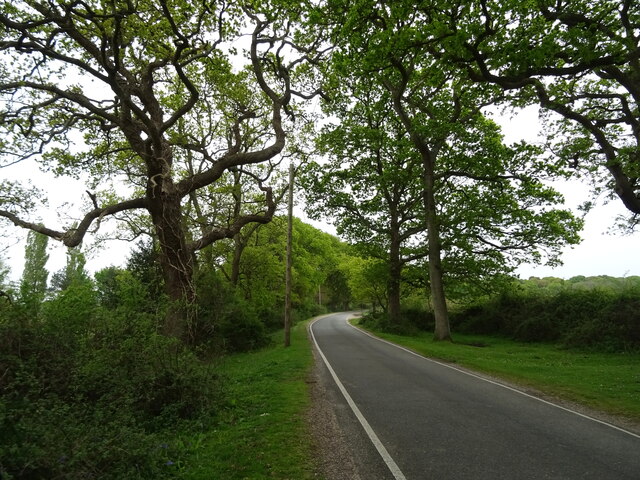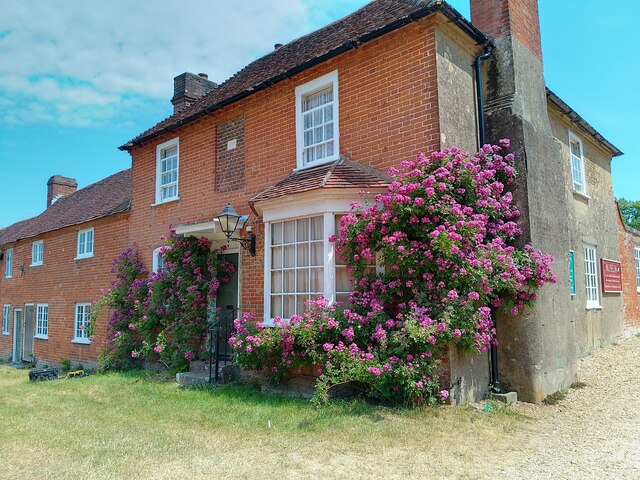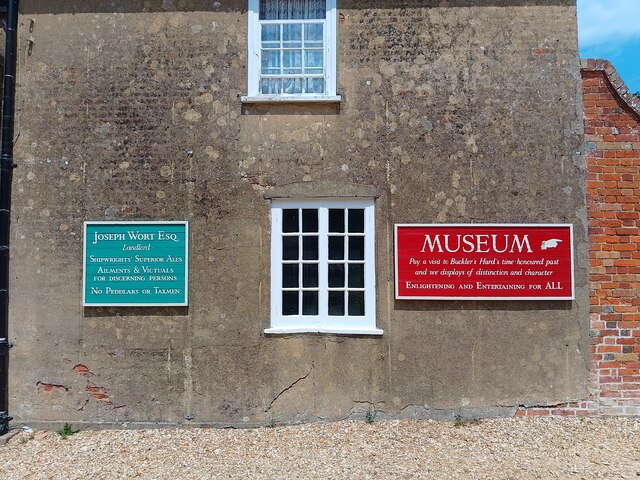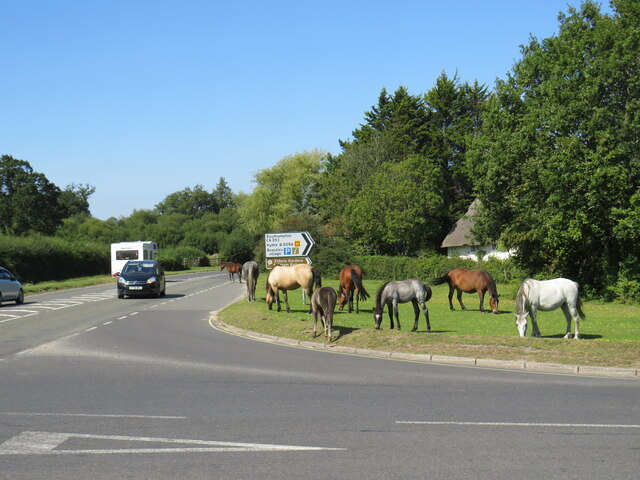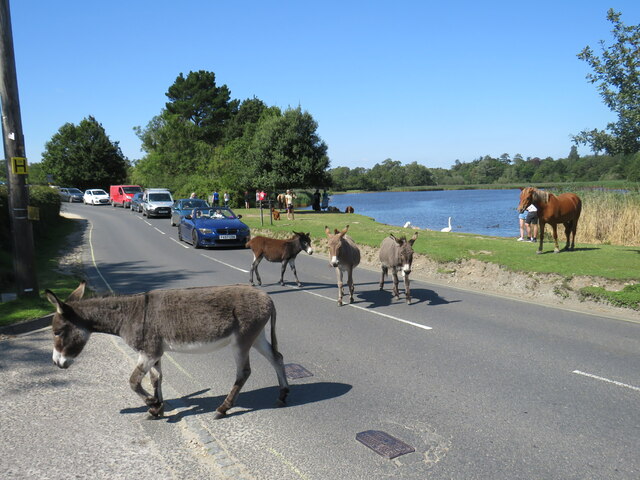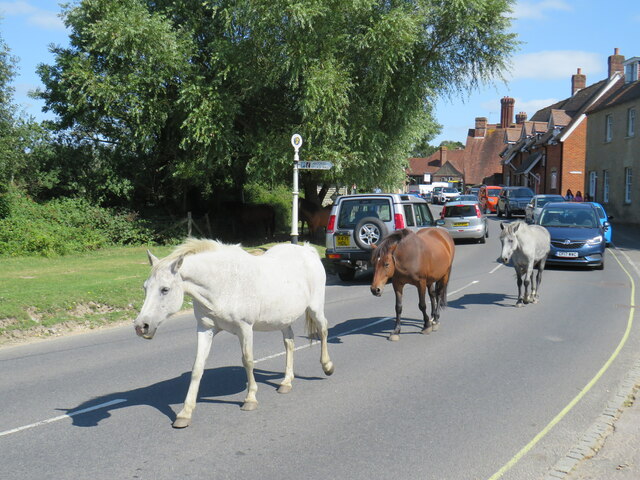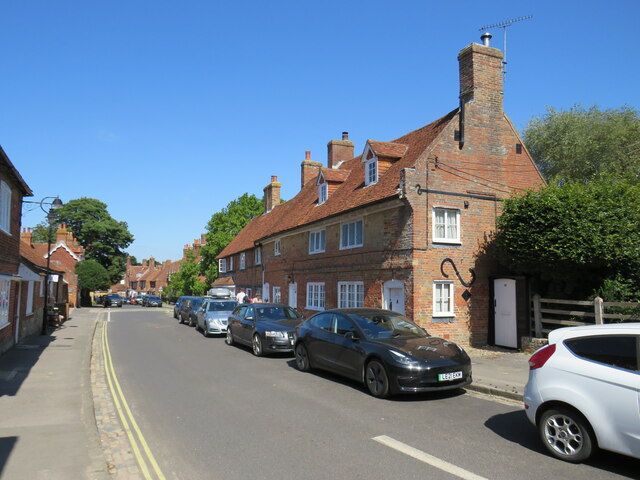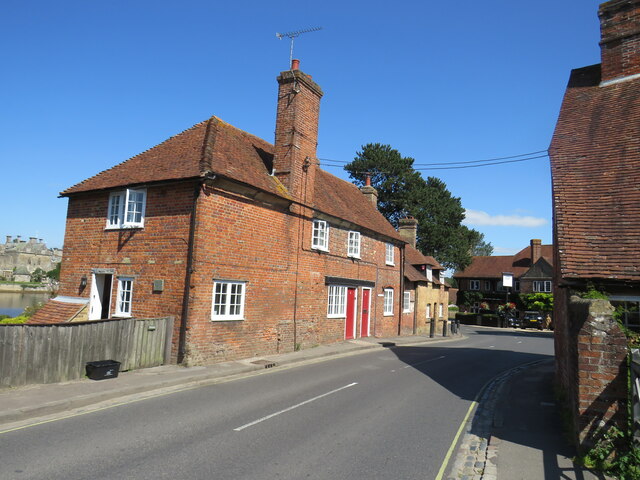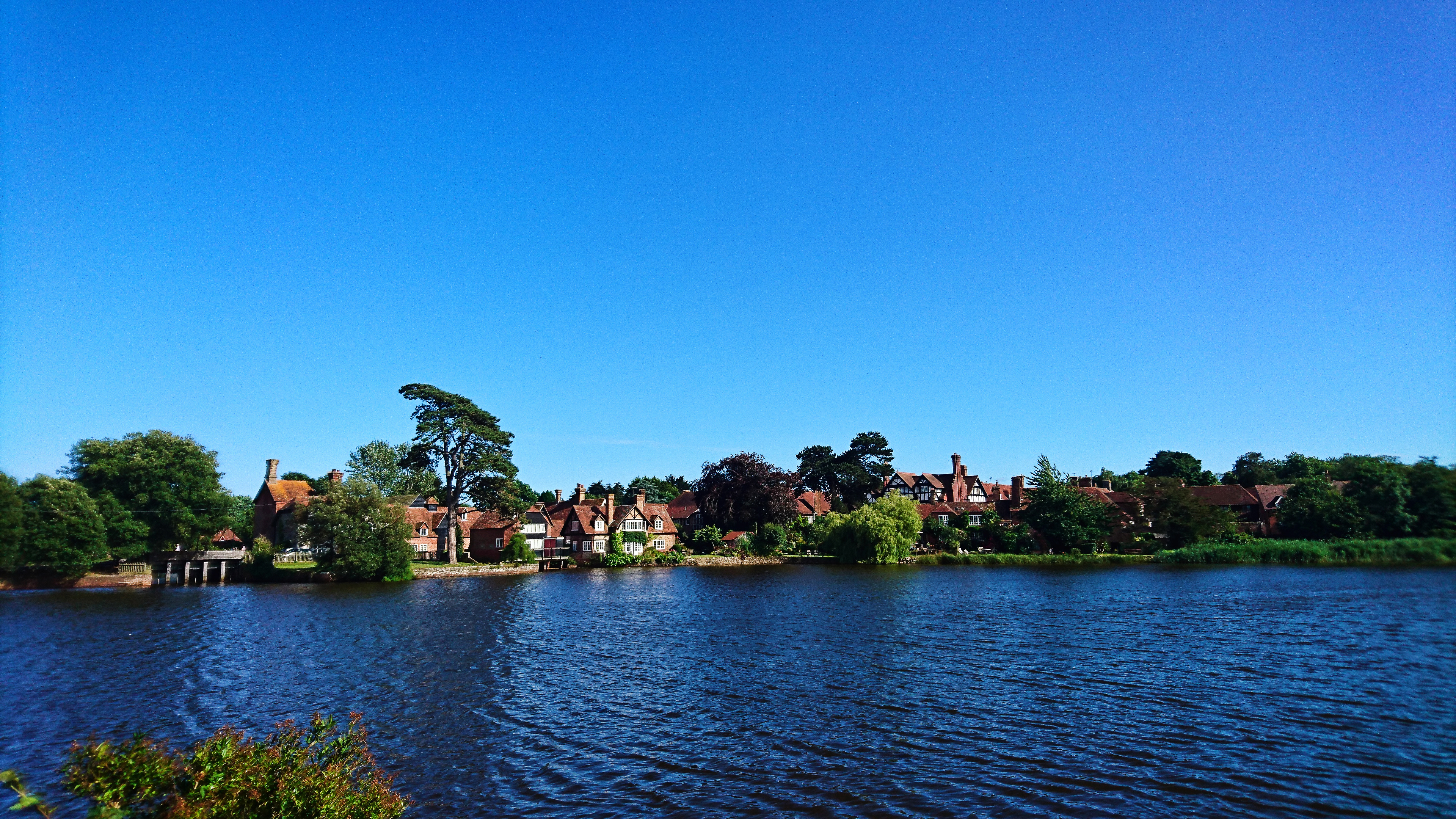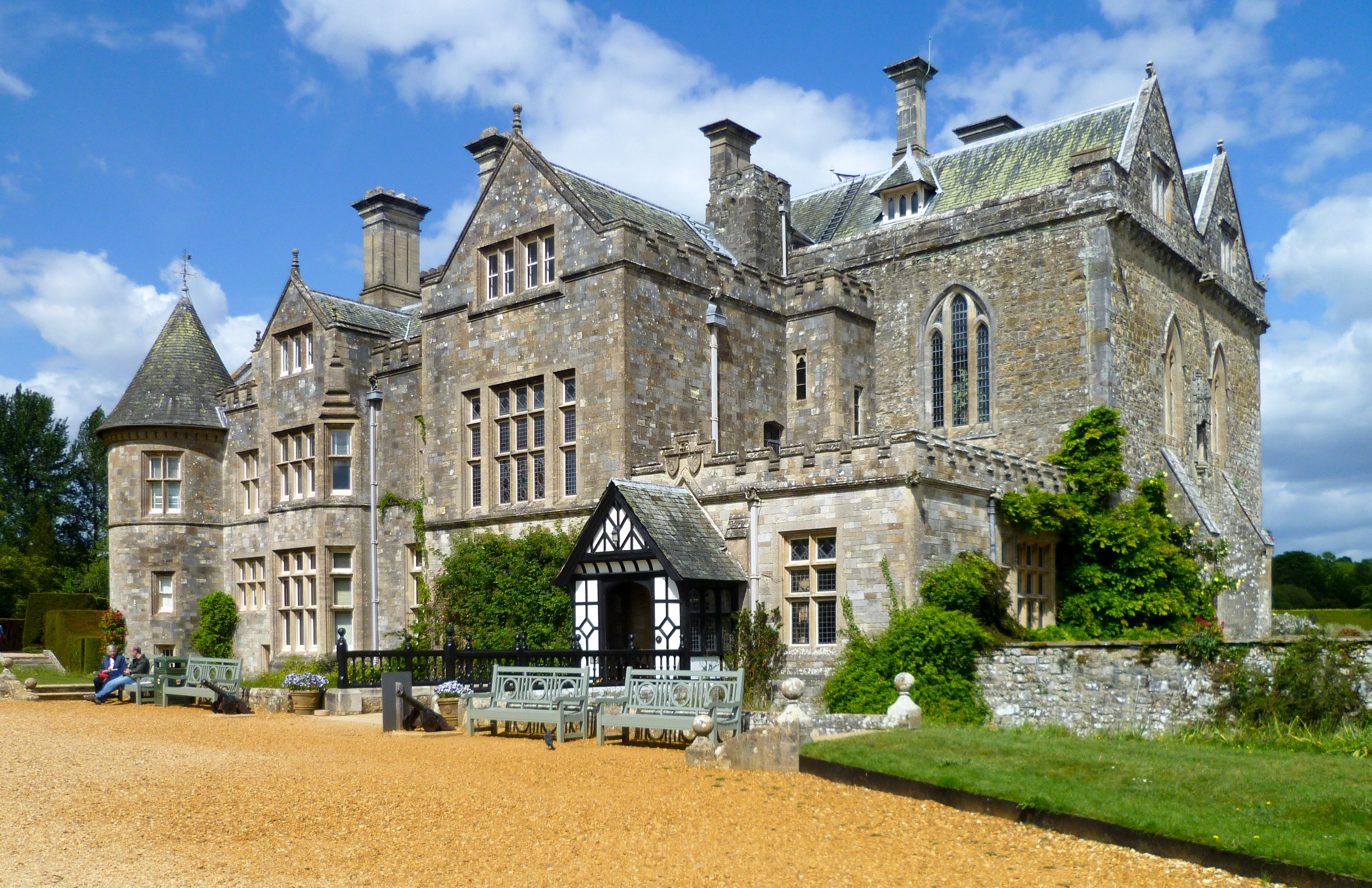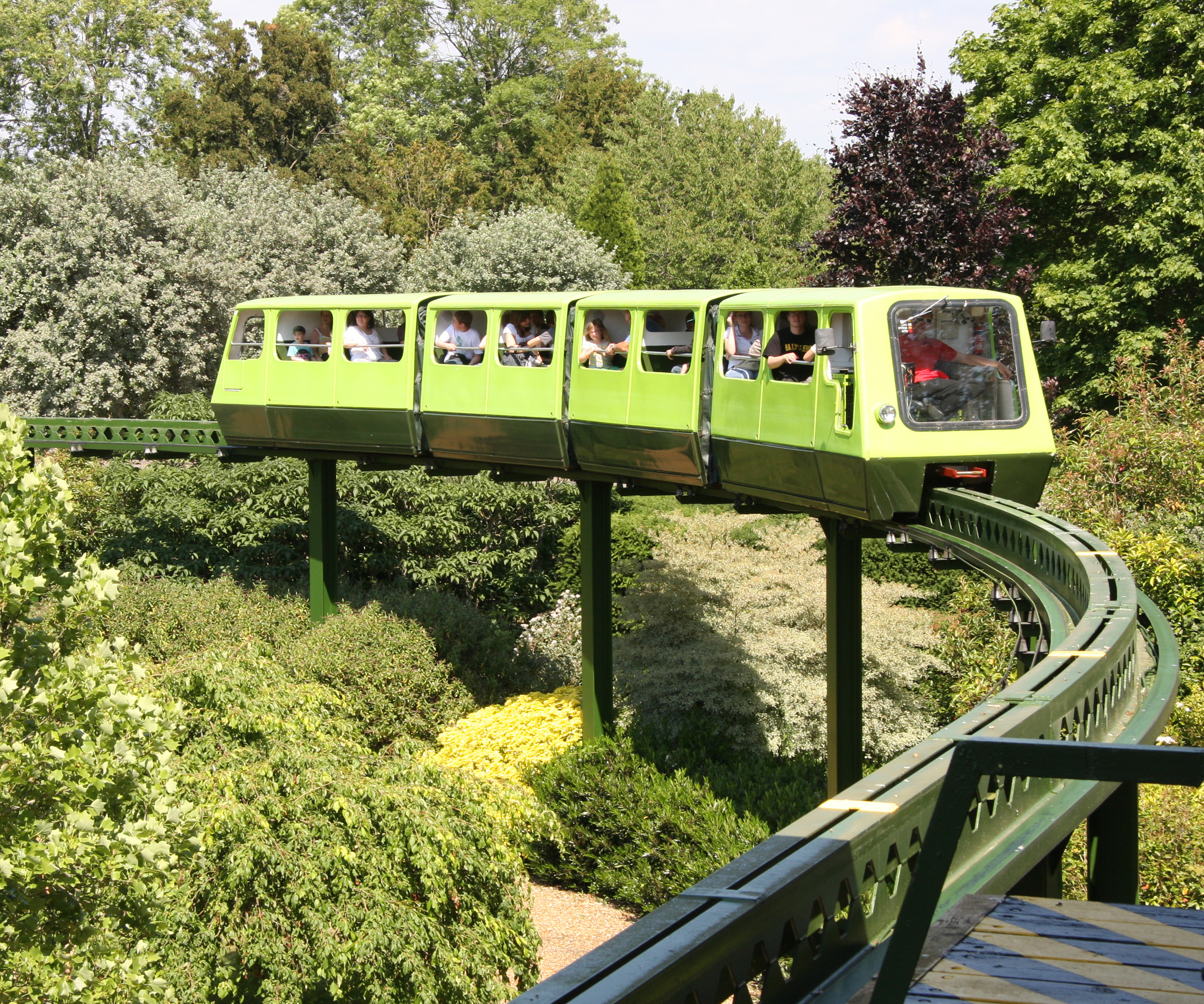Bailey's Hard
Settlement in Hampshire New Forest
England
Bailey's Hard
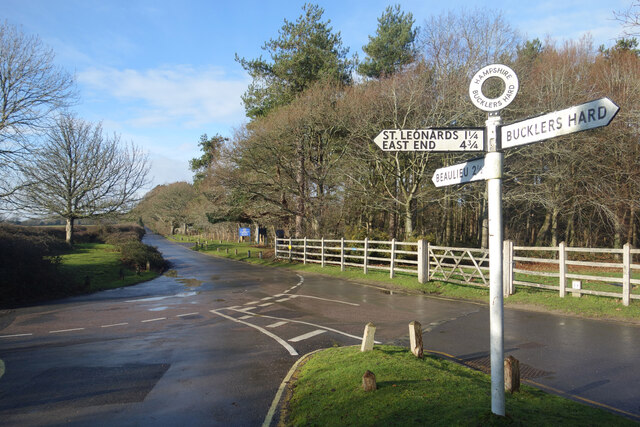
Bailey's Hard is a historic waterfront village located in Hampshire, England. Situated on the Beaulieu River, it is well-known for its maritime heritage and picturesque surroundings. The village is part of the wider Beaulieu Estate, which has been owned by the Montagu family for over four centuries.
Bailey's Hard is renowned for its shipbuilding past, particularly during the 18th and 19th centuries. It served as a major shipbuilding center, producing vessels for the Royal Navy. Today, remnants of the shipbuilding industry can still be seen in the form of old slipways and boatyards, adding to the area's charm and historical appeal.
The village is a popular destination for visitors, offering a range of attractions and activities. The historic waterfront provides a picturesque setting for leisurely walks, with stunning views of the river and surrounding woodland. The area is also home to the Maritime Museum, which showcases the rich maritime history of the region and offers insights into the shipbuilding industry.
For nature enthusiasts, Bailey's Hard offers ample opportunities for wildlife spotting and birdwatching. The Beaulieu River is a designated Site of Special Scientific Interest (SSSI), home to a diverse array of flora and fauna. Boat trips along the river are available, allowing visitors to explore the waterways and enjoy the natural beauty of the area.
In addition to its natural and historical attractions, Bailey's Hard has a charming café and a riverside pub, where visitors can relax and enjoy a meal or a drink while taking in the tranquil surroundings. Overall, Bailey's Hard is a captivating destination that seamlessly combines its maritime heritage with natural beauty, making it a must-visit location in Hampshire.
If you have any feedback on the listing, please let us know in the comments section below.
Bailey's Hard Images
Images are sourced within 2km of 50.809835/-1.4396276 or Grid Reference SU3901. Thanks to Geograph Open Source API. All images are credited.
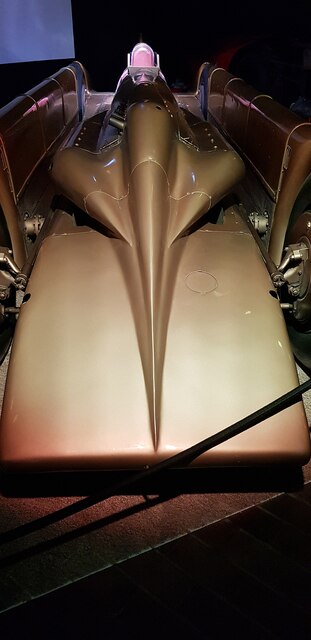
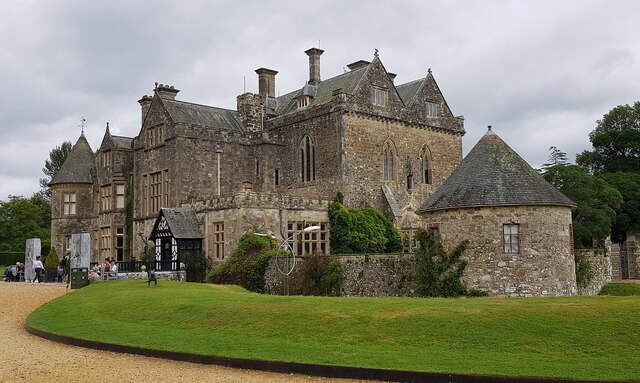
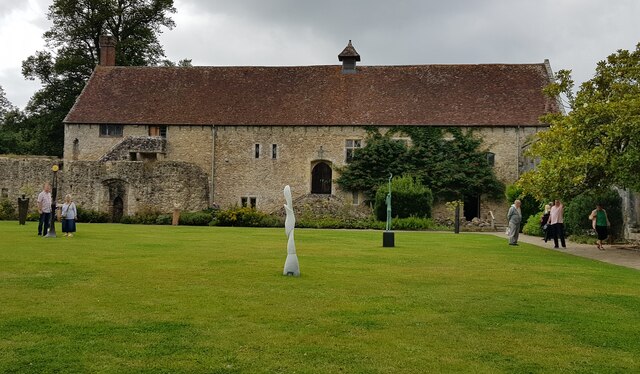
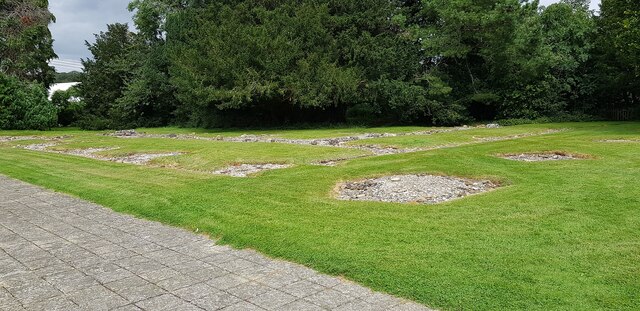
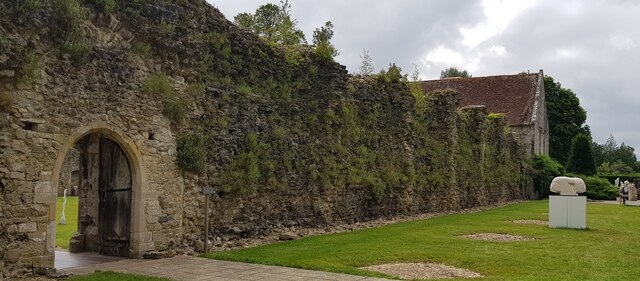
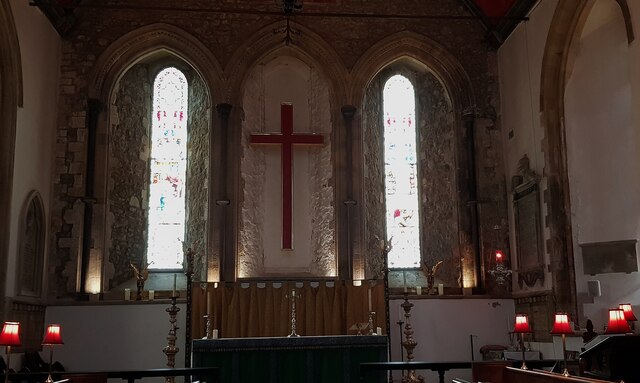
Bailey's Hard is located at Grid Ref: SU3901 (Lat: 50.809835, Lng: -1.4396276)
Administrative County: Hampshire
District: New Forest
Police Authority: Hampshire
What 3 Words
///deed.marker.texts. Near Hythe, Hampshire
Nearby Locations
Related Wikis
Beaulieu, Hampshire
Beaulieu ( BEW-lee) is a small village located on the southeastern edge of the New Forest national park in Hampshire, England, and home to both Palace...
Beaulieu Palace House
Beaulieu Palace House ( BEW-lee) is a 13th-century house in Beaulieu, Hampshire, United Kingdom. Originally part of Beaulieu Abbey, the estate was bought...
Beaulieu Abbey
Beaulieu Abbey was a Cistercian abbey in Hampshire, England. It was founded in 1203–1204 by King John and (uniquely in Britain) populated by 30 monks sent...
Buckler's Hard
Buckler's Hard is a hamlet on the banks of the Beaulieu River in the English county of Hampshire. With its Georgian cottages running down to the river...
National Motor Museum, Beaulieu
The National Motor Museum (originally the Montagu Motor Museum) is a museum in the village of Beaulieu, set in the heart of the New Forest, in the English...
National Motor Museum Monorail
The Beaulieu Monorail is England's first monorail, linking the National Motor Museum to the Beaulieu Palace House. the monorail line passes through the...
New Forest East (UK Parliament constituency)
New Forest East is a constituency in Hampshire represented in the House of Commons of the UK Parliament since its creation in 1997 by Julian Lewis of the...
East Boldre
East Boldre is a linear village and civil parish situated near Lymington, Hampshire, England. East Boldre is surrounded by the New Forest and forms part...
Nearby Amenities
Located within 500m of 50.809835,-1.4396276Have you been to Bailey's Hard?
Leave your review of Bailey's Hard below (or comments, questions and feedback).
